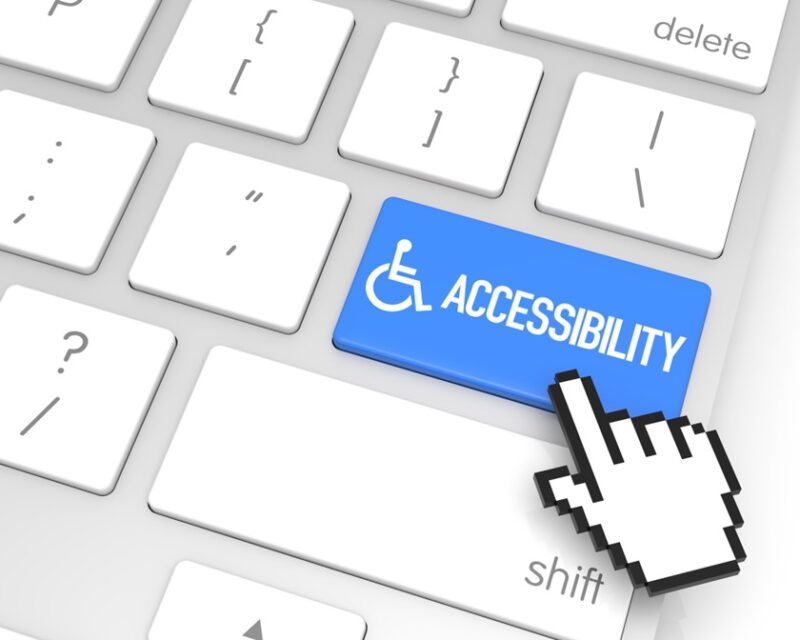Now that the internet is such a vital tool in so many people’s lives, it can be surprising to learn that accessibility online can still be a problem for some. Although adaptive technologies and devices are available, some websites fail to meet accessibility guideline standards and exclude a percentage of the population from accessing online content and information. If you have a website, whether as a business owner or individual, here are four steps you can take to increase your website’s accessibility and make it more inclusive.
Why is Online Accessibility So Important?
Ahead of outlining the four steps, it is worthwhile clarifying just how important accessibility is online. People with all kinds of disabilities face unnecessary and frustrating obstacles when a website is poorly designed or fails to account for all user needs. In short, accessibility is good web design. People who have motor, visual, auditory, or cognitive disabilities frequently encounter sites that present barriers to access. Breaking these down and improving the internet makes it a fairer and more useful place.
1. Create a Clear Layout and Structure
The first step to making your website more accessible is to consider how each separate element relates to the others. The layout plays a huge role in how the site functions and directs user attention, but it also helps people with disabilities access the relevant information with greater ease. For example, clear headings and a consistent structure reduce the chances of following a link unintentionally or getting lost in a sea of unwanted web pages.
2. Undergo an Accessibility Audit
A comprehensive audit of your website will highlight key friction points that need to be addressed. For example, if your site doesn’t use alt text for images or can’t be navigated by keyboard alone, you will have to make improvements. It’s easy to perform website accessibility audit with the right assistance. On top of this, listen to user feedback and evaluate your site data to discover how to include more accessible features and cut away inaccessible ones.
3. Include Alt Text
As briefly mentioned above, alt text is necessary for helping people with visual disabilities to experience the fullest range of online content. Alt text that accurately describes the content of an image can be conveyed through a screen reader. When writing alt text, be as detailed yet concise as possible to quickly inform the user of the image’s purpose on the site.
4. Be Thoughtful with Typeface and Color Choice
Color and typeface are important for people with certain cognitive disabilities and visual disabilities. For example, some typefaces are much easier to read for people with dyslexia. High contrast and thoughtful color choice helps people with visual disabilities, including color blindness.
It is more than a legal requirement or intelligent business tactic to improve your website’s accessibility. Committing to inclusivity and welcoming people without excluding them based on their abilities demonstrates a positive value at the core of your operation, whether that’s your business or your own set of personal beliefs. As more website developers, designers, authors, and owners become aware of the need for greater accessibility, fewer people are excluded from the internet and all it has to offer.










